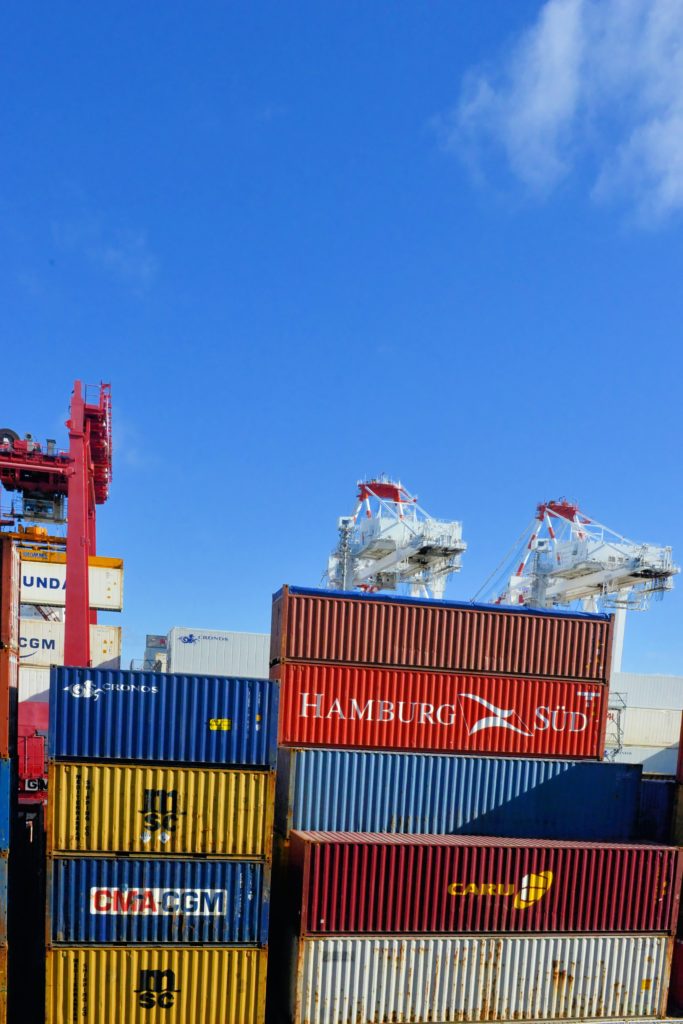Kubernetes Series : Monitoring, Logging and Debugging
Introduction In this article we will see how to get logs and how to monitore a Kubernetes cluster. Troubleshooting Troubleshoot Clusters The first thing to do is to list your cluster and check if everything is registered correctly : And verify that all of the nodes you expect to see are present and that they …
Kubernetes Series : Monitoring, Logging and Debugging Read More »








